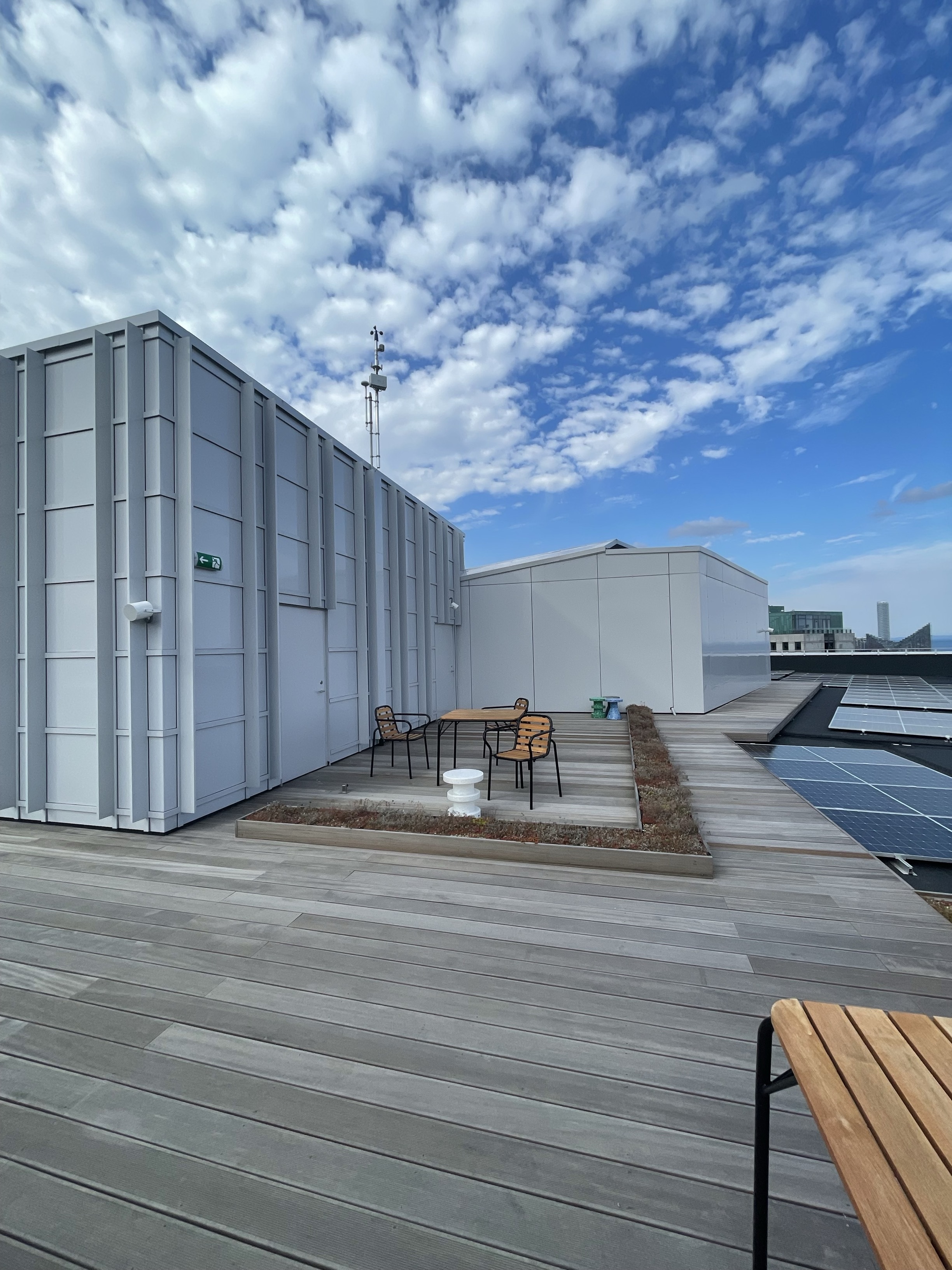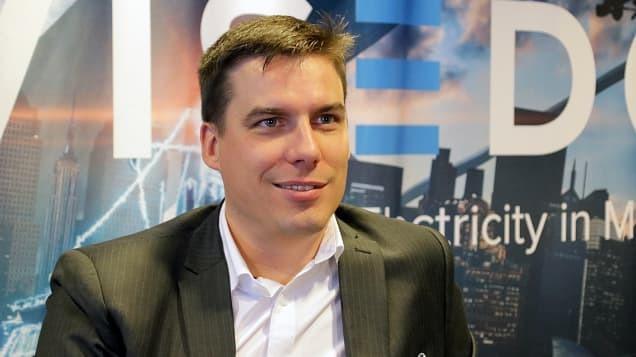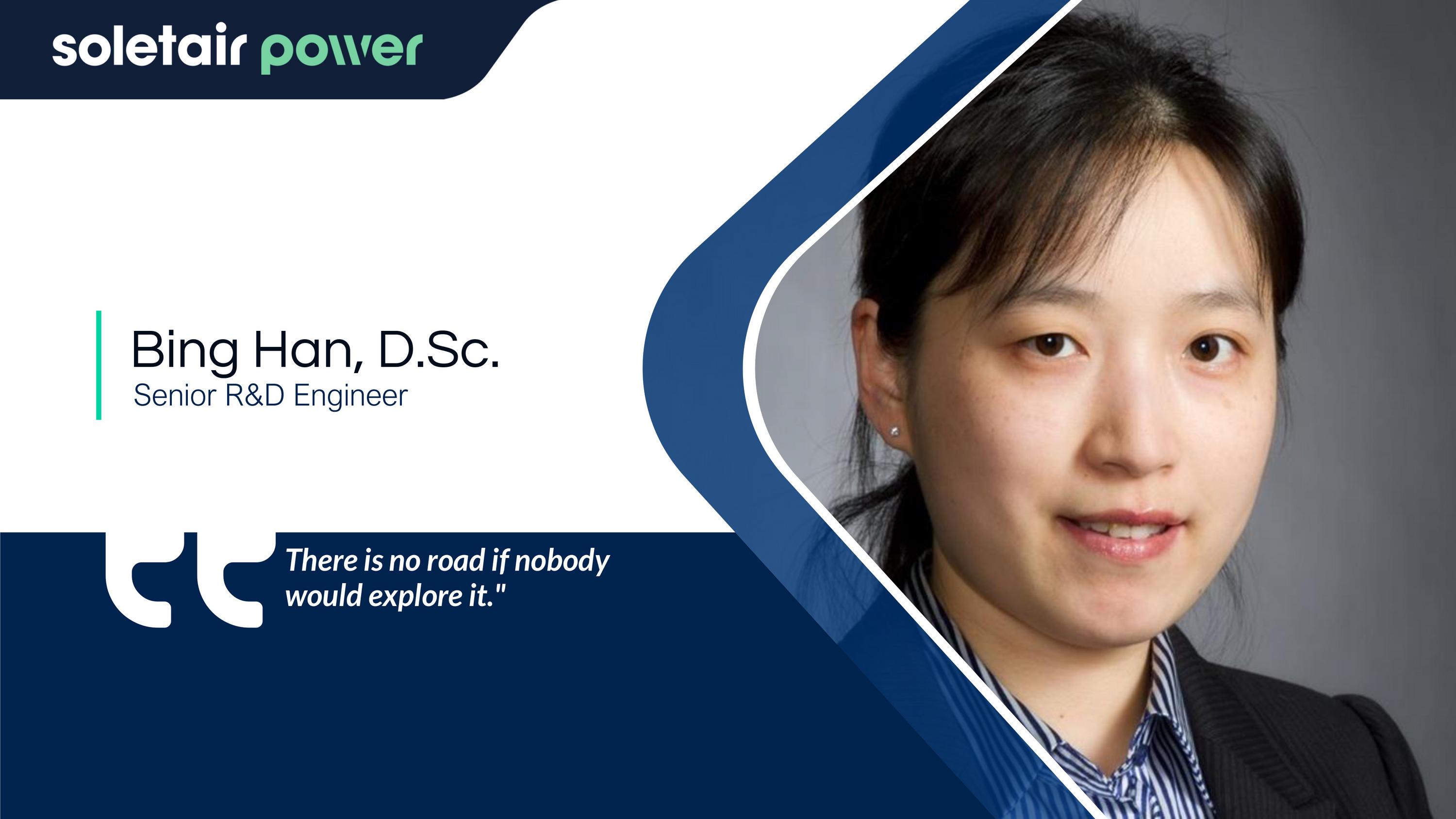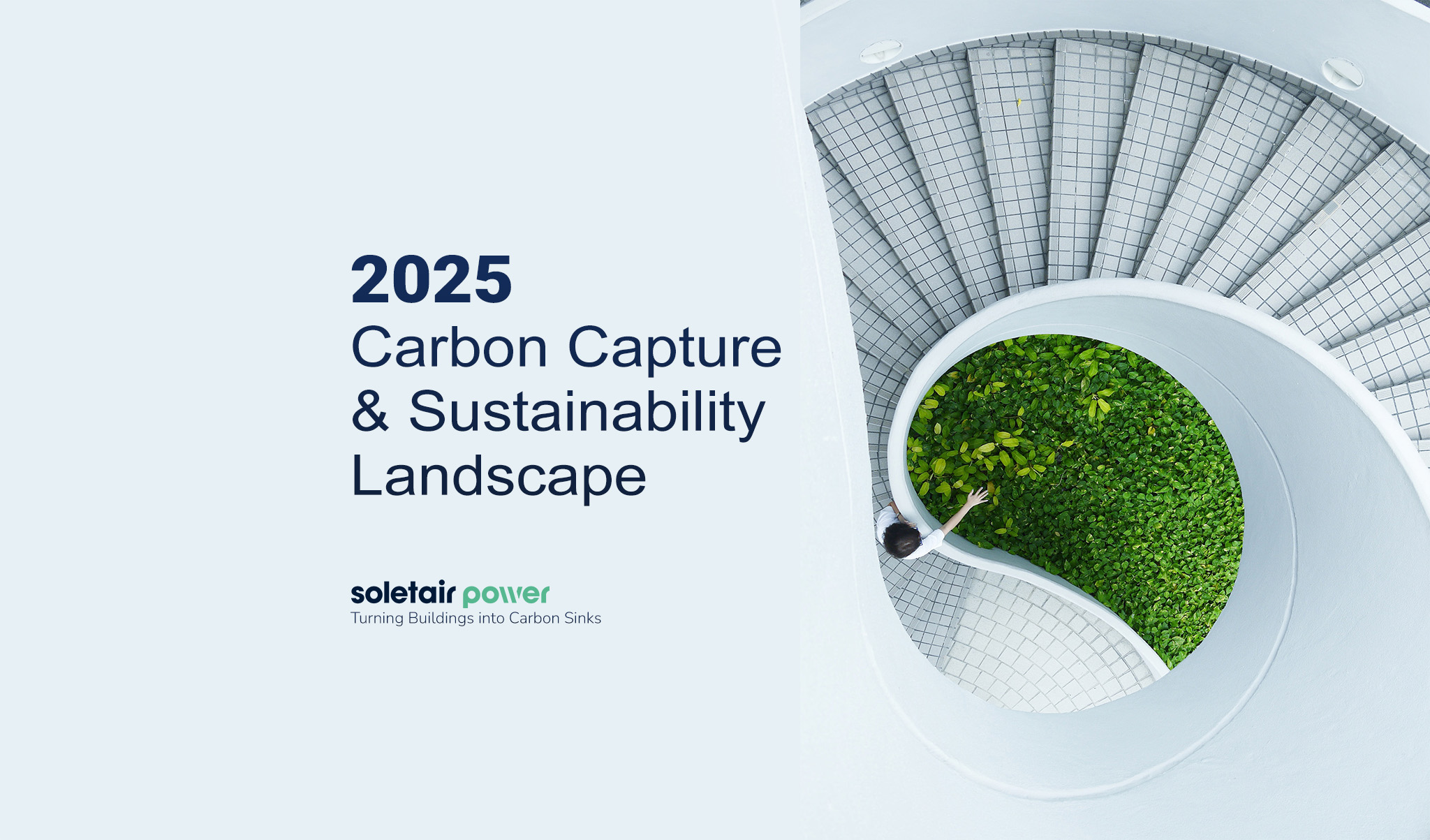The Client:
Danica Pension. The outdoor carbon dioxide capture unit has been installed at Danica Pension’s Europaplads building in Aarhus, Denmark.
Contract signing date: June 18, 2024
Delivery date: Ongoing
Users:
Commercial property owner, Tenants of the property.
Background:
Soletair Power’s Aarhus installation at Danica Pension’s Europaplads building marks a pioneering step in sustainable architecture. By integrating Direct Air Capture (DAC) technology with the building’s HVAC system, this project demonstrates how commercial properties can become net-negative carbon emitters while reducing operational costs. This case study details how Denmark’s first building-based DAC installation achieves net-negative emissions while answering critical questions for building operators: How can I reduce emissions? Save costs? Optimize ventilation?
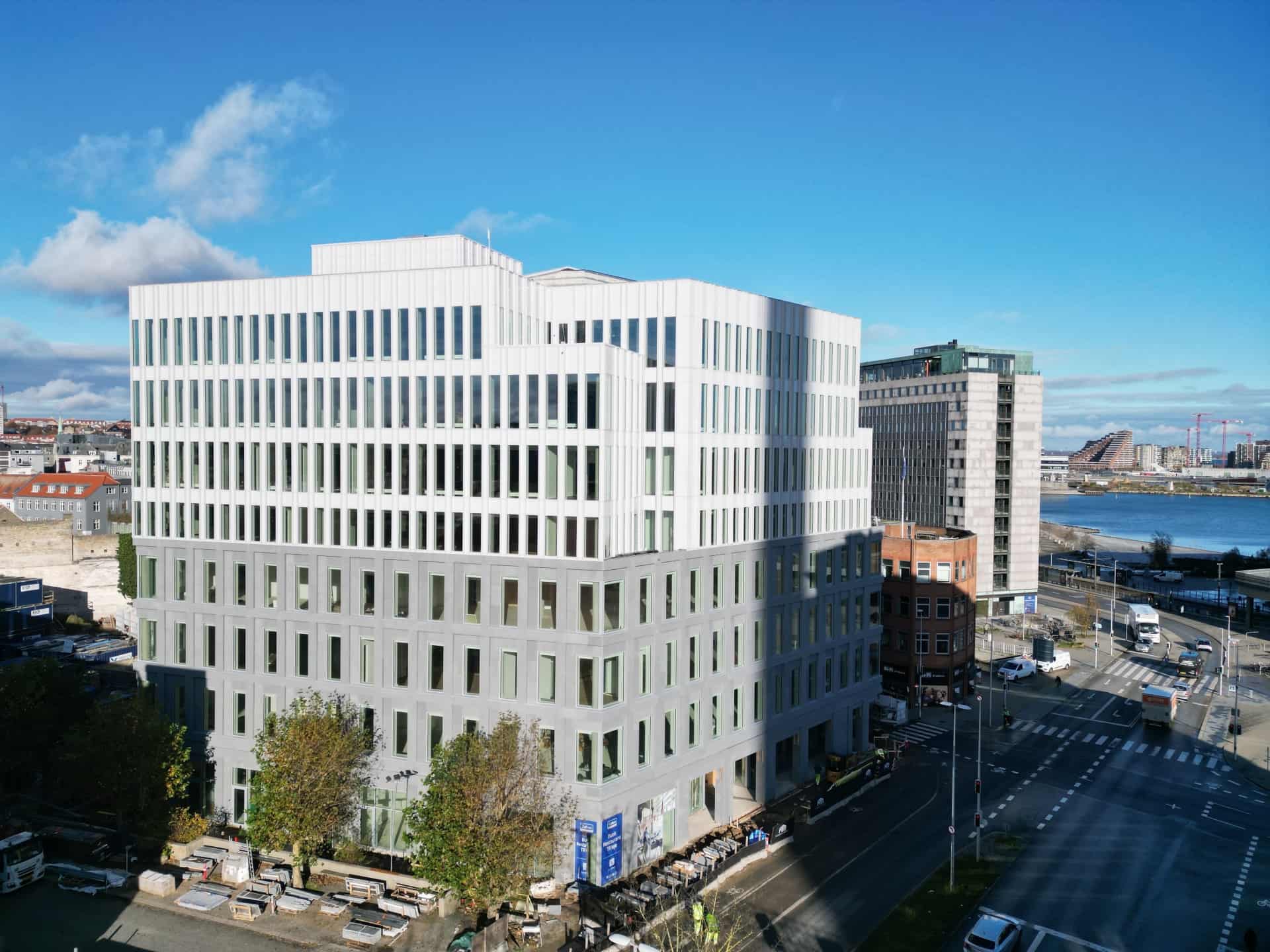
Project Overview
Location: Europaplads 6-8, Aarhus, Denmark (DGNB Gold-certified building)
• Latitude: 56.15319576186241
• Longitude: 10.211802151916363
Partners: Soletair Power (technology provider), Danica Pension (real estate investor), Søren Jensen (engineering)
Timeline: Operational by 2026 | Construction began July 2024
Key Metrics:
-
Annual CO2 Capture: 20 tons.
-
Energy Savings: Reduced HVAC energy use via optimized airflow and ventilation speed.
Challenge & Objectives
Danica Pension sought to:
-
Meet Denmark’s stringent 2023 building regulations (12 kg CO2e/m2/year threshold).
-
Achieve net-zero emissions for Europaplads, a 1,000+ m2 office complex.
-
Reduce long-term HVAC operational costs through energy efficiency.
-
Onsite CO2 Capture Solution Deployment.
How it Works
- CO₂ Capture:
- Step 1: HVAC exhaust air (400–600 ppm CO₂) is diverted to Soletair’s solid sorbent filters.
- Step 2: Proprietary amine-functionalized solid sorbents adsorb CO₂ selectively.
- Step 3: Filters regenerate via Temperature Vacuum Swing Adsorption (TVSA), releasing >98% pure CO₂.
-
Storage/Utilization: Captured CO₂ is compressed and stored for utilization.
Key Features:
HVAC Synergy: The system adjusts ventilation rates based on CO2 level and occupancy, slashing energy use while maintaining air quality.
Modular Design: Retrofitted into existing infrastructure (min. 4.5m x 8.2m x 3.5m) without disrupting building operations.
Heat Recovery: Surplus thermal energy from DAC is reused for heating, cutting energy costs.
Circular Economy: 30% of building materials (ventilation ducts, lighting) were recycled from other Danica properties
Results & Impact
Emission Reduction: Offsets building’s emissions, positioning it as Denmark’s first carbon-sink building.
Cost Savings: Lowered HVAC energy consumption via optimized airflow.
Scalability: The model is replicable for offices, factories, and hospitals, with capture capacity adjustable to building size.
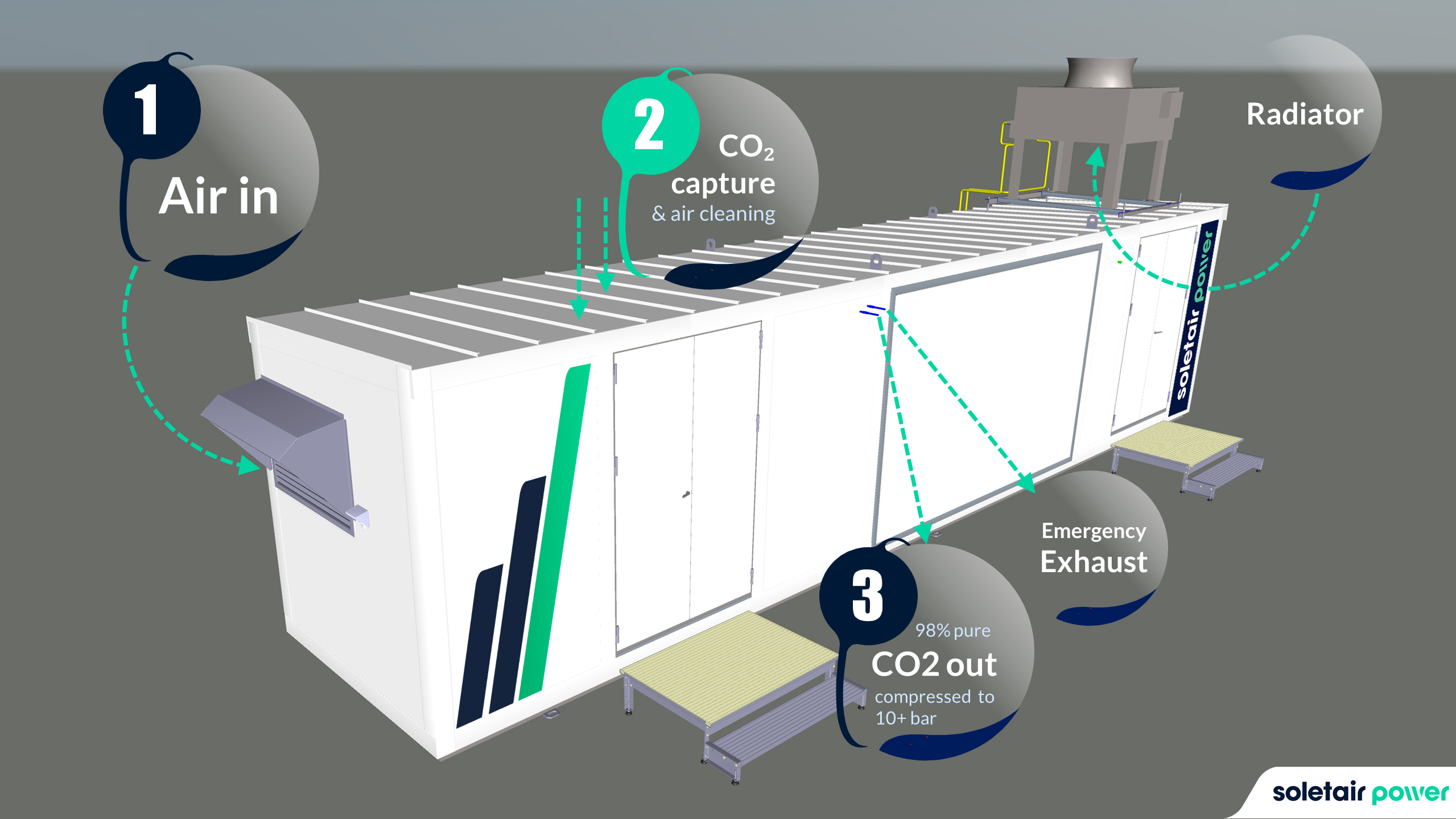
Results: Emissions, Costs, and Scalability
| Metric | Outcome | Impact |
|---|---|---|
| CO₂ Capture | 20 tons/year (~5 kg/m²) | Offsets building emissions onsite; net-negative achievable. |
| Energy Savings | Up to 50% HVAC cost reduction | Annual savings of ~€12,000 (est. based on Danish energy prices). |
| Scalability | 8.5M tons/year potential | Replicable across hospitals, factories, and mixed-use developments. |
Strategic Benefits for Building Owners
-
Compliance: Meets tightening EU and Danish carbon regulations.
-
Operational Efficiency: Reduced energy bills and maintenance costs.
-
Brand Value: Enhances ESG credentials by showcasing climate leadership.
-
Tenant Appeal: Enhances ESG credentials for leaseholders prioritizing sustainability.
-
ROI: Payback period of <7 years via energy savings and carbon credit opportunities.
Testimonial
“Hopefully, this will be one of the levers that can be turned in the future and get one step closer to climate-neutral properties.”
— Niels Fribo, Development Director, Danica Pension.
Soletair Power’s Aarhus installation redefines urban sustainability by turning buildings into active climate solutions. For stakeholders asking “How can I reduce my building’s emissions?” or “Can buildings capture CO₂ from air?”, this case study offers a replicable blueprint. By merging DAC with HVAC optimization, the project answers critical questions about cost-effective decarbonization, positioning Soletair Power as a leader in the green building revolution.
For more information, visit:
https://danica.dk/om-danica-pension/presse/nyheder/privat/danica-pension-etablerer-verdens-foerste-anlaeg-for-co2-fangst-i-en-kontorbygning
Download the Whitepaper: White Paper on Building Integrated Carbon Capture by Soren Jensen and Soletair Power

